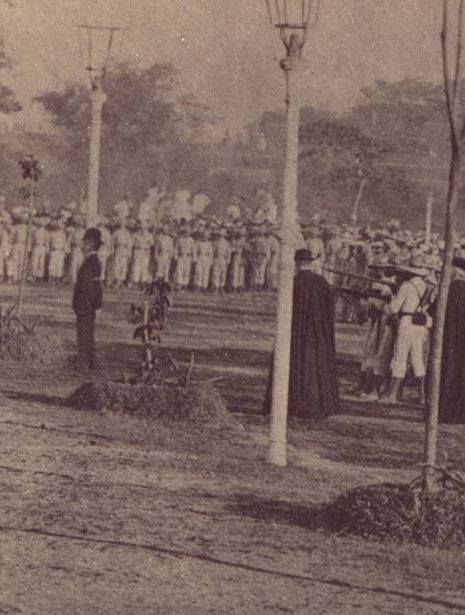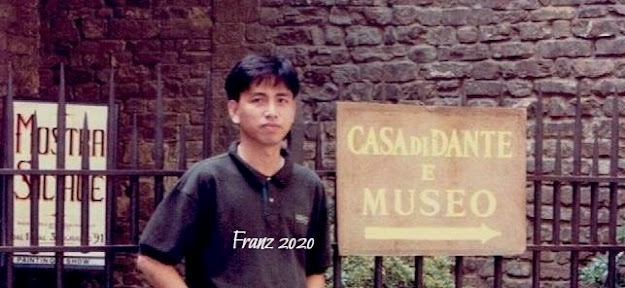Pepe - Rizal Day

He lived and died with his contradictions. Even his novels abound with this clash or perhaps this duality of a restorer and a destroyer. I find Ibarra naïve at the same time I do admit that I am awed by the character of Simoun the jeweler, to the point of wishing that the bomb plot in the house of old Kapitan Tiago had succeeded. But then I am treading upon fiction. I must say, that is a masterstroke , he directed his life the way he wanted it to be, and yet I also asked now; Did he for a moment, lost control during his trial? The manifesto he wanted to issue, the denial of his involvement, etc. Meanwhile, as he denies and condemns, members of his own family were long ago privy to the separatist movement. Still, can we say that he had no knowledge? The letters he wrote his friend Blumentritt, consequently reveal his self study approach, to “Germanistik”- indeed one of his many faces as a seducer, to quoting Heine, Schiller, and Goethe. Equally at ease with the French romanticists...





